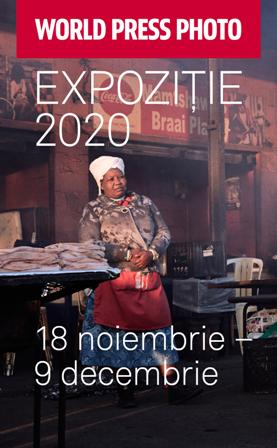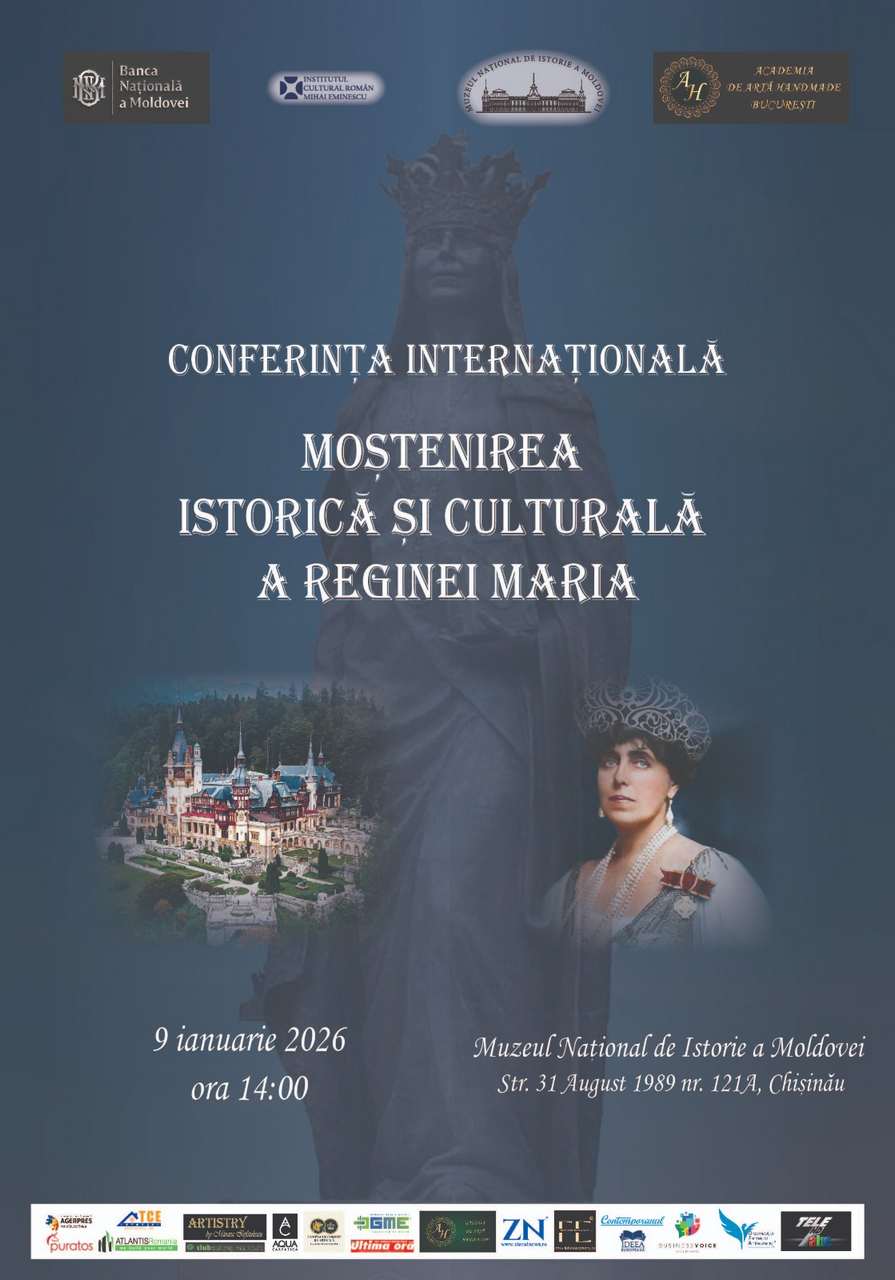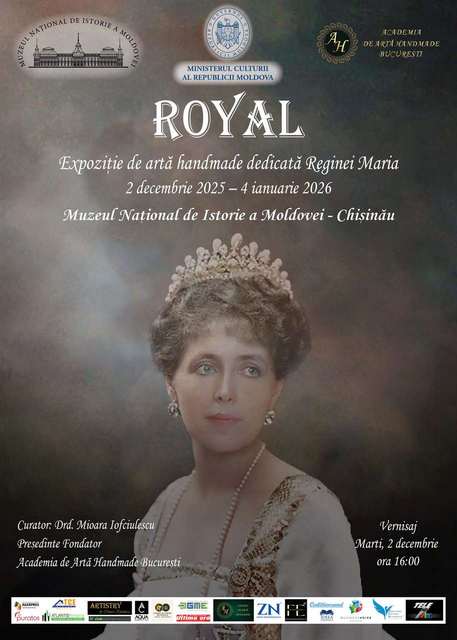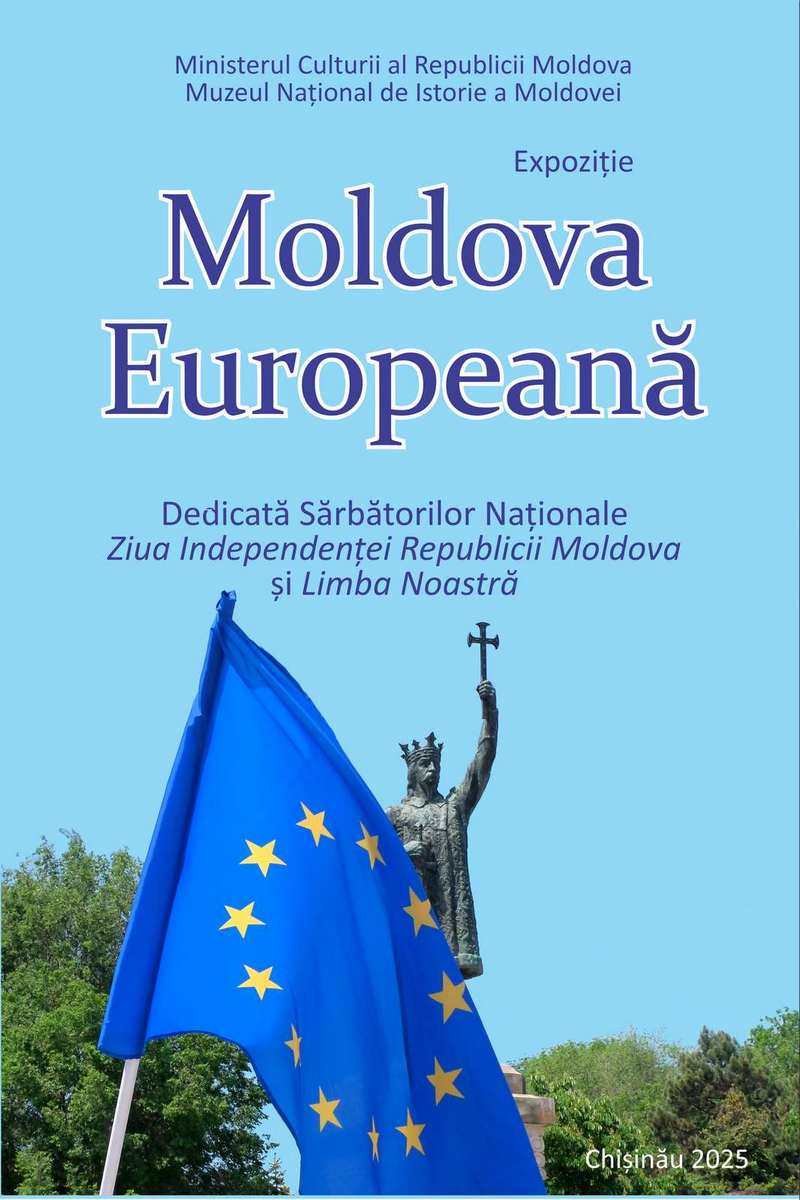 Chişinău will host for the fourth time the World Press Photo International Exhibition 2020, the most important photographic competition in the world. The event is organized by the Independent Journalism Center (IJC) with the support of the Kingdom of the Netherlands.
Chişinău will host for the fourth time the World Press Photo International Exhibition 2020, the most important photographic competition in the world. The event is organized by the Independent Journalism Center (IJC) with the support of the Kingdom of the Netherlands.
The annual photography competition awards photographers around the world for the best images that have contributed to the development of visual journalism in the last year. Professional photographers, photojournalists and documentary photographers take part in the competition.
For the 2020 competition, the jury of 17 professionals in the field of photography selected the best images and stories that marked last year. The jury established as a key theme of the events of 2019 the protests and the role of young people in promoting changes. The stories regarding environmental issues also stood out, being represented not only in the Environment category, but also in other categories such as Contemporary Issues, Nature or News; all the images emphasize the importance of the subject.
The general public is invited to discover the stories behind the winning photos at the National Museum of History of Moldova, from November 19 to December 9, 2020.
Useful information about the event:
● Opening of the exhibition: November 18, 11:00, National Museum of History of Moldova, entrance by invitations.
● Visiting hours for the general public: from 10:00 to 17:00. Friday - closed.
● Tickets can be purchased at the museum.
● Ticket price: 10 MDL for adults; 5 MDL for students.
The winning photos were selected from a number of 73,996 works by 4,282 photographers from 125 countries. The jury nominated 44 photographers from 24 countries: Algeria, Australia, Belarus, Belgium, Canada, Denmark, Ethiopia, France, Germany, Hungary, Ireland, Italy, Japan, Lithuania, Mexico, Poland, Peru, Russia, South Africa, South Korea, Spain, Turkey, the United Kingdom, and the USA.
The annual World Press Photo International Exhibition is travelling around the world. It was held in almost 100 venues in about 45 countries and was visited by over 4 million people at each edition. Before arriving in Chişinău, the exhibition was organized in Amsterdam, Mexico City, Bari, Seville, Saguenay, Turin, Vitoria-Gasteiz, Valencia, and Dortmund.
The first World Press Photo exhibition took place in 1955, when a group of Dutch photographers organized a competition to exhibit their work in front of an international audience. Over the years, it has become one of the most prestigious photography and visual journalism competitions in the world.
The exhibition, which brings together the best photos taken in 2019, was opened on November 18 in the National Museum of History of Moldova. The event was attended by accredited ambassadors to Chişinău, IJC partners, and journalists; all safety measures were followed in connection with the Covid-19 pandemic.
In Chişinău, the exhibition was organized for the first time in 2017.
The World Press Photo Exhibition is organized in Chişinău by the Independent Journalism Center (IJC) with the support of the Kingdom of the Netherlands.




















































